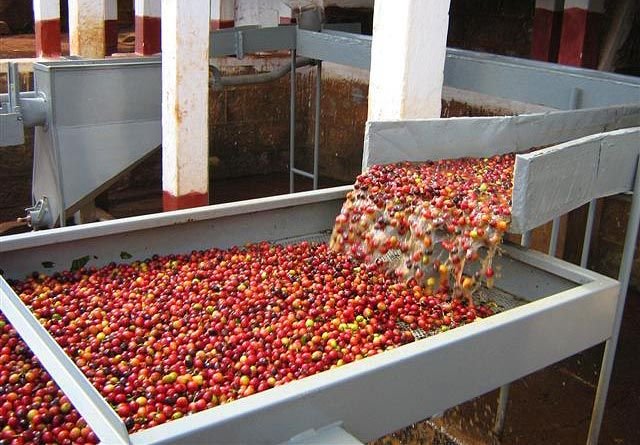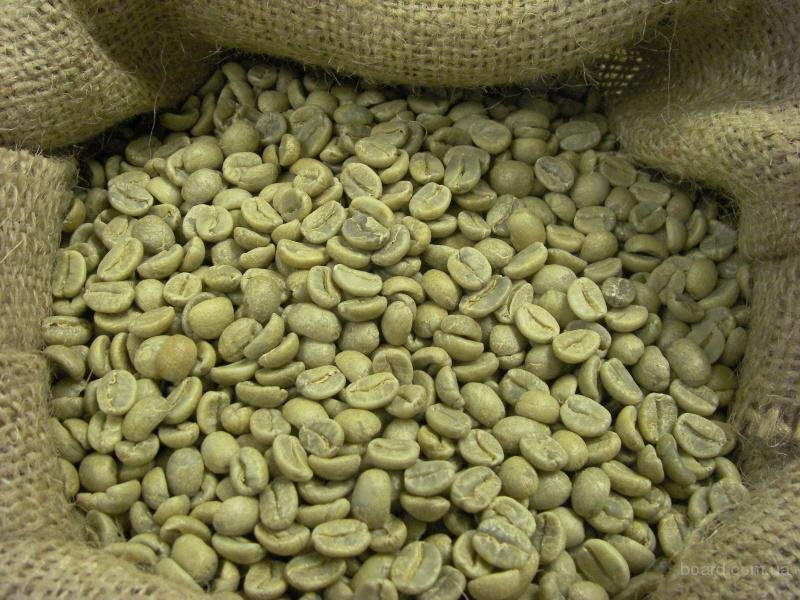In this article, we’ll explore the intricacies of processing coffee berries, a critical aspect of coffee production that greatly influences the flavor and quality of the coffee we enjoy. Understanding the journey of these berries, from ripening on the tree to becoming the coffee beans we are familiar with, reveals the complexity behind our daily cup of coffee.
The Essence of Coffee Berry Processing
Ripe coffee berries, once harvested from coffee trees, undergo a significant transformation. This transformation is vital, as it is only from these ripe berries that the desirable coffee flavors can be extracted. The primary methods of processing these berries are dry and wet processing, each contributing distinct characteristics to the final coffee product.
Dry Processing: The Traditional Method
Historically, dry processing was the original method used in coffee production. It’s a simple technique that involves spreading the harvested berries on a flat surface, like concrete platforms or rooftops. Here, the berries dry under the sun, a process that is especially effective in regions with high heat and humidity. This sun-drying method takes about three to four weeks, during which the berries shrivel and resemble raisins.

The length of the drying process varies depending on the regional climate, particularly the temperature, which is influenced by factors like proximity to the equator and altitude. Once the berries are adequately dried, they are typically stored in bags for several months until they are selected and sent to central processing stations for further processing.
The dry processing method is known for its relative cost-effectiveness, requiring little more than sunshine, time, and some human labor. However, a notable downside is the potential for less uniformity in the harvest, as coffee berries on a tree don’t all ripen at the same rate. This can result in a mix of ripe and unripe berries in the harvest, affecting the overall quality.
Wet Processing: The Evolved Technique
Wet processing emerged as an alternative to the traditional dry method. In this process, the harvested berries are first soaked in water and then pulped to remove the outer layer. They are then placed in water tanks where fermentation occurs, helping to remove the mucilage layer from the beans.

This method requires more specialized equipment and a significant amount of water, which can increase the initial costs of processing. After the initial wet processing, the beans are dried much quicker than in the dry method, typically within one to two weeks.
Wet processing is known for producing a cleaner and more acidic flavor profile in the coffee, with less sweetness compared to dry-processed coffee. The method allows for better sorting and grading of the coffee beans, resulting in a more uniform quality. However, the increased water usage and the need for more equipment make it a more expensive and environmentally impactful method.
Flavor Profiles: Dry vs. Wet Processing
Dry processing often results in a coffee that has more sweetness, a fuller body, and darker fruit tones. It is characterized by a richness that includes berry and fruit notes.
In contrast, wet processing tends to produce coffee with a cleaner taste, more pronounced acidity, and less sweetness. The flavors are more floral and citrus-like, reflecting a different spectrum of the coffee’s potential.

Regional Variations and Preferences
Different regions have their preferences and necessities when it comes to coffee processing. Factors like climate, water availability, and geography play a crucial role in determining whether a region leans towards dry or wet processing.
For instance, Brazil predominantly uses dry processing due to the scarcity of water, whereas countries with more mountainous terrain, like Colombia and Indonesia, may prefer wet processing.
Conclusion
The method of processing coffee berries – whether dry or wet – significantly impacts the final flavor and quality of the coffee. Understanding these methods enhances our appreciation for the complexity and diversity of coffee flavors, each method reflecting the unique characteristics of its region of origin. The choice of processing method is a balance between traditional practices, environmental considerations, and the desired flavor profile, showcasing the art and science behind every cup of coffee we savor.



Leave a Reply